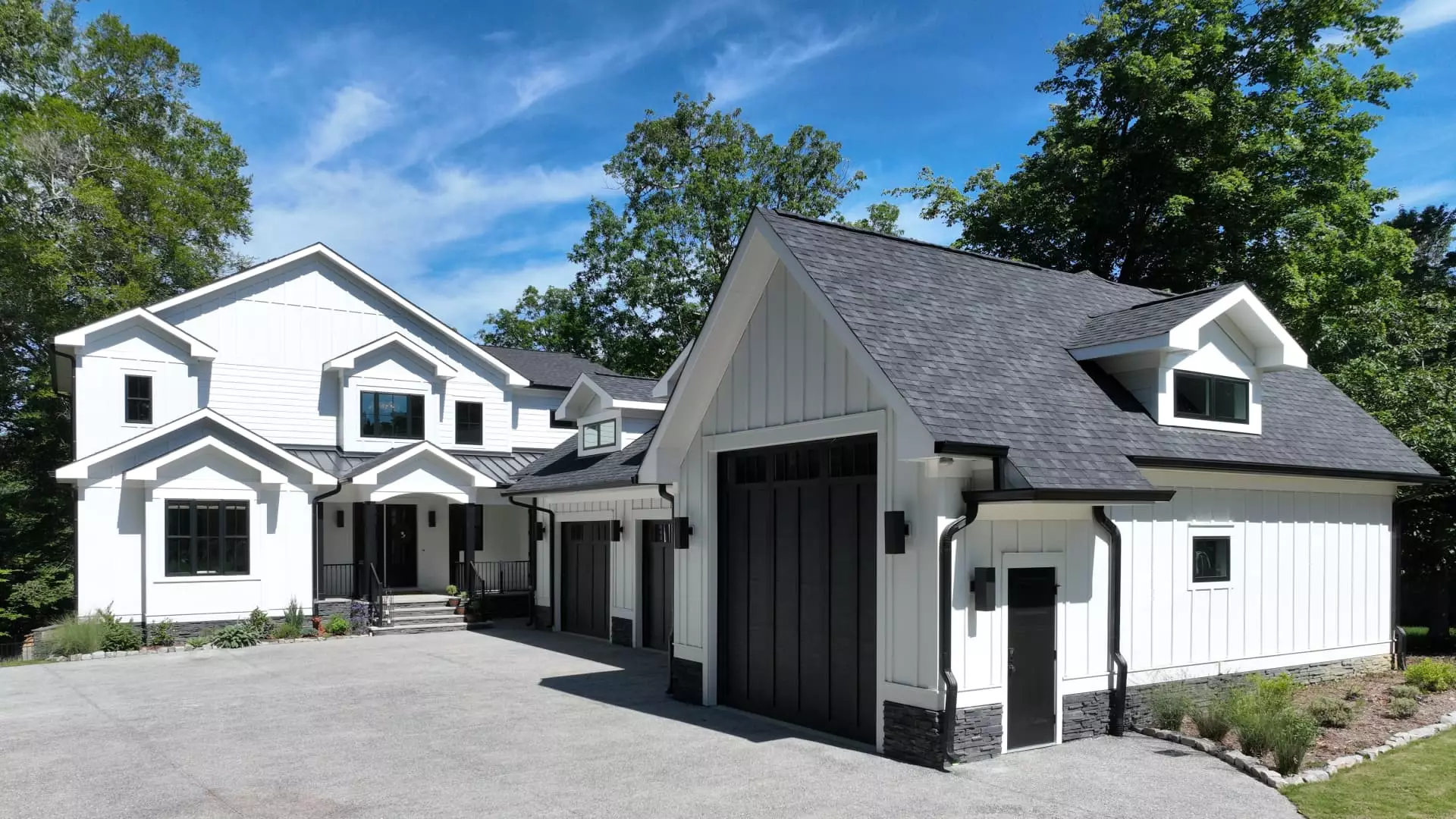Real estate represents a crucial element in the United States’ efforts to meet its climate objectives. According to the Environmental Protection Agency (EPA), residential and commercial buildings are responsible for approximately 31% of the nation’s greenhouse gas emissions. This figure accounts for both direct emissions and “indirect” emissions resulting from electricity usage. Surprisingly, this percentage surpasses emissions from other significant sectors such as transportation and agriculture. This statistic underscores the urgency for strategic actions and policies to reduce emissions from buildings to combat climate change effectively.
In response to this challenge, the Biden administration has rolled out a range of initiatives aimed at minimizing residential emissions. One of the most prominent measures is the Inflation Reduction Act, which came into effect in 2022. This legislation incentivizes homeowners to improve energy efficiency through tax breaks and rebates. The hope is that these financial incentives will motivate homeowners to invest in greener solutions, thereby reducing the overall carbon footprint of the residential sector.
The concept of “zero emissions” buildings has gained traction among lawmakers and homeowners alike. The White House has established guidelines to classify buildings as zero emissions, which includes criteria such as being all-electric, energy-efficient, and powered entirely by clean energy sources. This advancement in building standards reflects a growing commitment to sustainable construction practices that can dramatically reduce emissions associated with energy use.
Morgan Wojciechowski, a pioneer amongst homeowners, has recently achieved the federal designation of her residence as a zero emissions home. Located in Williamsburg, Virginia, this ultra-efficient, all-electric dwelling was constructed with the intention of setting a benchmark in sustainable living. As a pertinent advocate for environmentally-friendly construction, Wojciechowski leads Healthy Communities, a real estate development firm specializing in eco-conscious building methods.
Wojciechowski discusses her home in detail, revealing that the cost of construction was approximately $1.1 million for a spacious 5,800 square-foot property. Although the initial investment is significant, she highlights substantial long-term savings projected at about $917 annually for utility bills, thanks to the incorporation of solar panels and energy-efficient technologies. This translates to roughly $80 monthly, a stark contrast to the average costs incurred by standard homes.
An interesting aspect of this arrangement is the concept of net metering, where excess energy produced by Wojciechowski’s solar panels is fed back into the grid. This exchange results in credits that contribute to offsetting her electricity bills. Such a model not only supports monetary savings but also encourages responsible energy consumption and production behaviors among homeowners.
Interestingly, Wojciechowski notes that while solar panels can offer substantial savings, their effectiveness is contingent upon the energy efficiency of the home they are installed on. An energy-efficient home minimizes the number of solar panels required, ultimately enhancing the return on investment. She recommends starting home upgrades with simple steps such as improving windows and insulation to make homes more thermal efficient.
By prioritizing energy-efficient upgrades, homeowners can dramatically reduce energy consumption regardless of whether they invest in solar technology. Routine enhancements to insulation, HVAC systems, and airtightness can yield favorable results over time, leading towards a more sustainable living space.
The responsibility for achieving sustainability extends beyond homeowners to include renters as well. While renters may face challenges in modifying their living conditions, there are still opportunities to contribute to energy conservation. Simple practices, such as turning off lights or using energy-efficient light bulbs, represent manageable steps that anyone can adopt without the need to make structural changes.
For homeowners and renters alike, the potential for diminishing carbon footprints is tangible. The introduction of tax incentives for energy-efficient upgrades further reinforces the viability of such adjustments. As various stakeholders within the housing market recognize the impact of their choices, collective efforts can contribute significantly to breaking down the emissions crisis plaguing the nation.
As the federal government implements policies targeted at fostering a culture of sustainability within the real estate sector, individuals like Wojciechowski exemplify how these efforts can materialize into tangible change. The path to creating energy-efficient, zero-emission residences requires a collaborative approach, bridging policy, community, and consumer actions. Ultimately, the commitment to reducing emissions in real estate could remain a transformative component of the U.S.’ broader climate strategy. By embracing sustainable practices, all individuals can play a role in safeguarding the environment for future generations while enjoying the benefits of reduced utility costs and healthier living spaces.

